Text
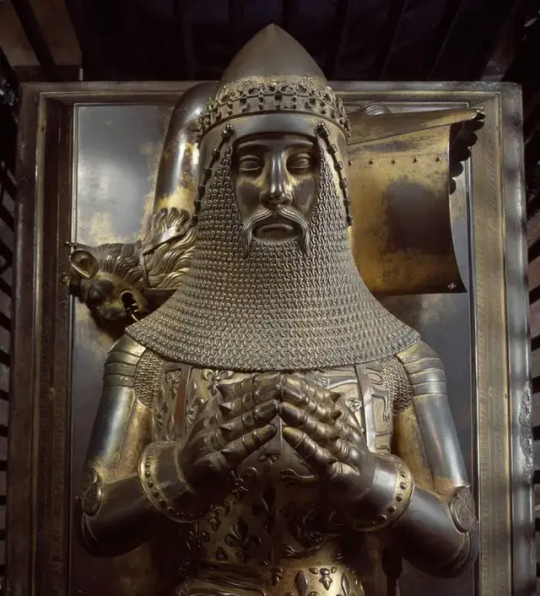
Tombstone with a sculptural portrait of Edward Woodstock.

Edward of Woodstock (1330 –1376), known to history as the Black Prince, was a one of the most successful English commanders during the Hundred Years' War, being regarded by his English contemporaries as a model of chivalry and one of the greatest knights of his age.Edward was buried with great state in Canterbury Cathedral.His epitaph inscribed around his effigy reads:
Such as thou art, sometime was I.
Such as I am, such shalt thou be.
I thought little on th'our of Death
So long as I enjoyed breath.
On earth I had great riches
Land, houses, great treasure, horses, money and gold.
But now a wretched captive am I,
Deep in the ground, lo here I lie.
My beauty great, is all quite gone,
My flesh is wasted to the bone
222 notes
·
View notes
Text
The armor stays on during sex because it takes like five people to help me take it off and put it back on again and I’d rather not call them at this hour
13K notes
·
View notes
Text
German Longsword Technique Gifset
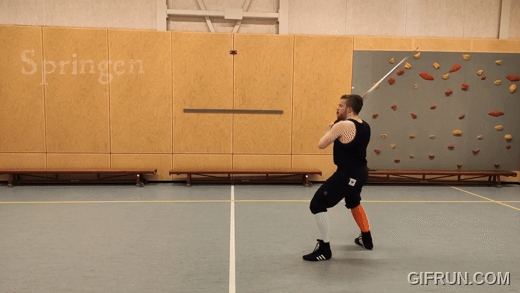



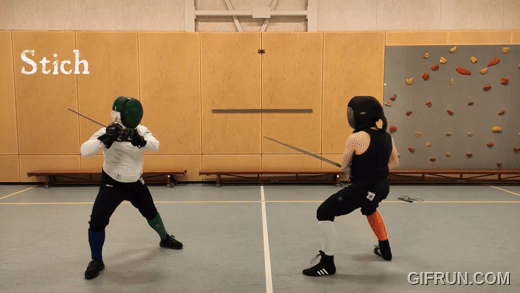



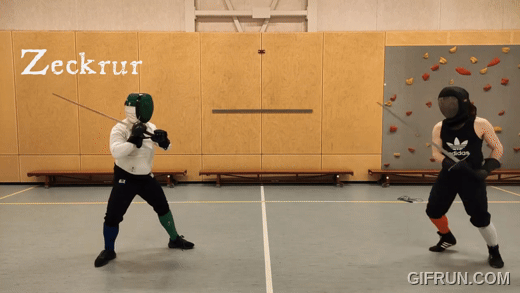



790 notes
·
View notes
Text
Got my new gauntlets!
144 notes
·
View notes
Text
Transfem knights. You agree
821 notes
·
View notes
Text
How a Man Shall be Armed, Italy ca. 1415
511 notes
·
View notes
Text
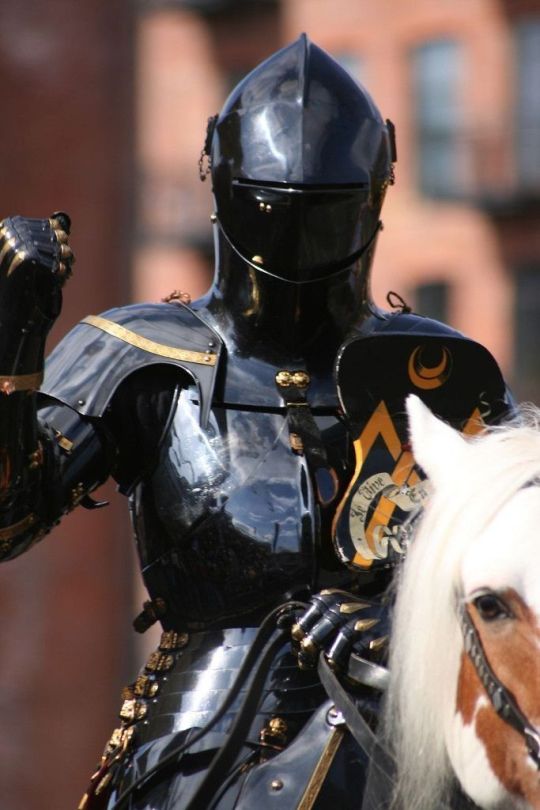

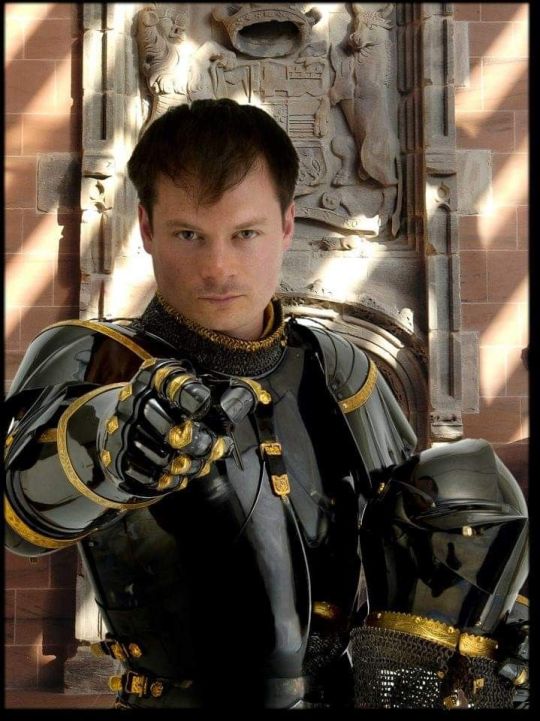
Tobias Capwell's Mid 15th Century English Armour Harness
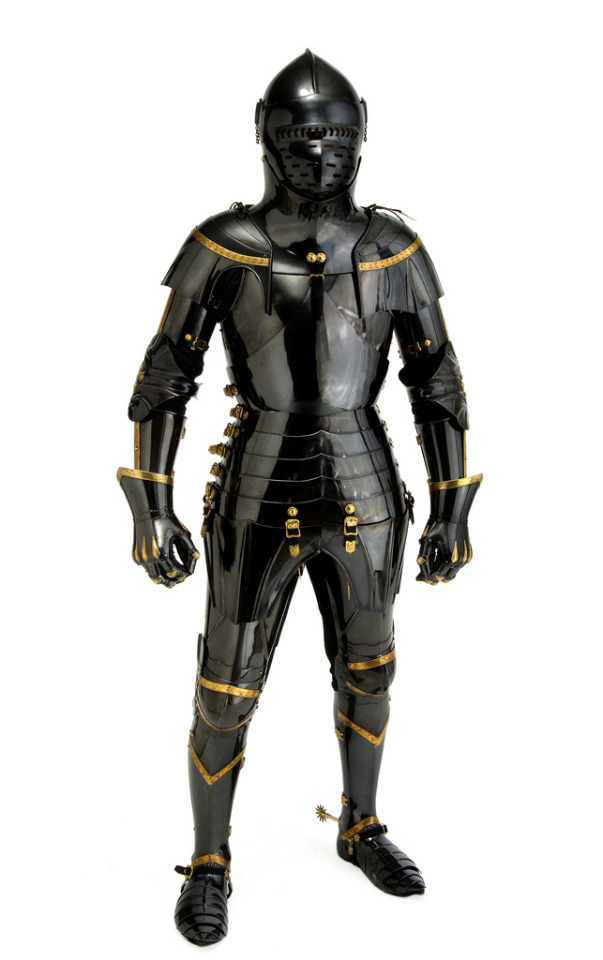
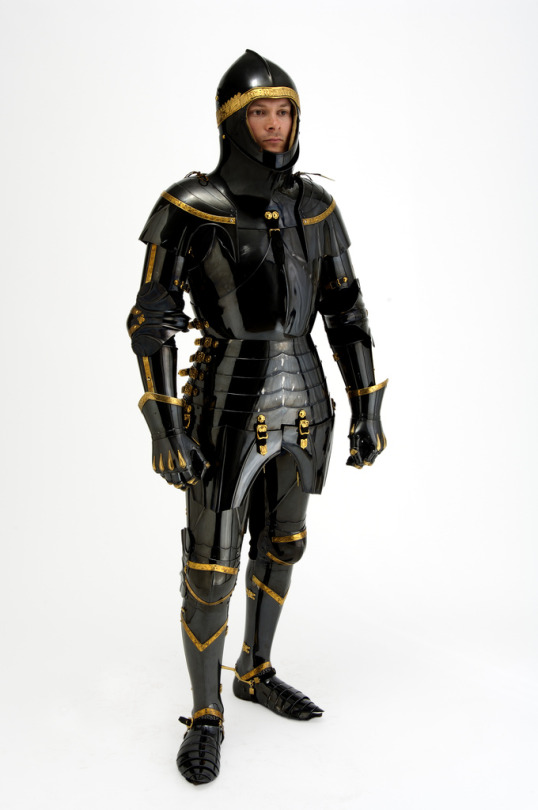
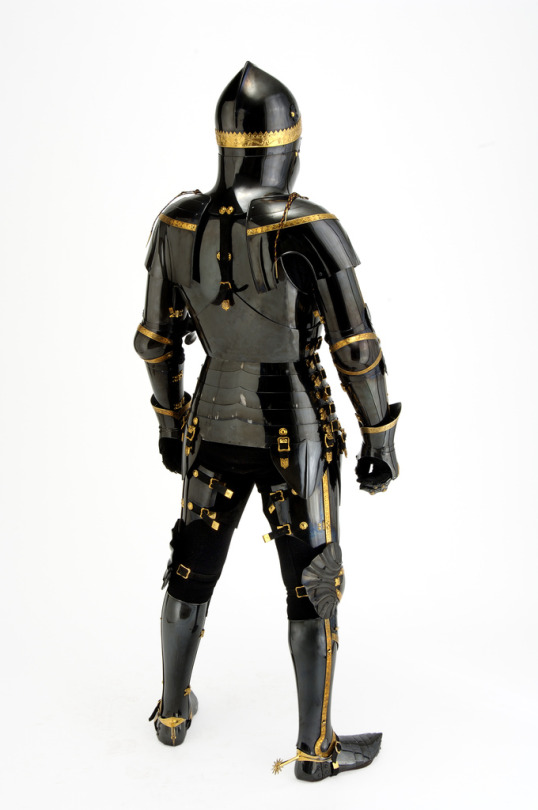
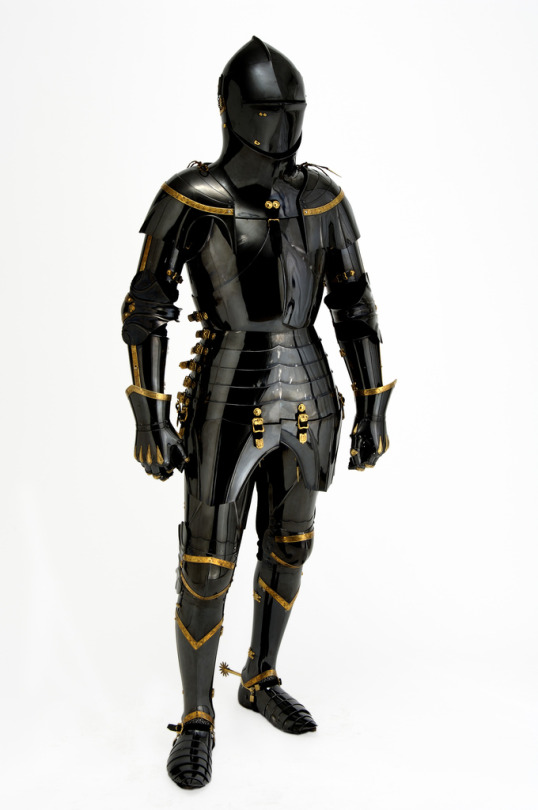
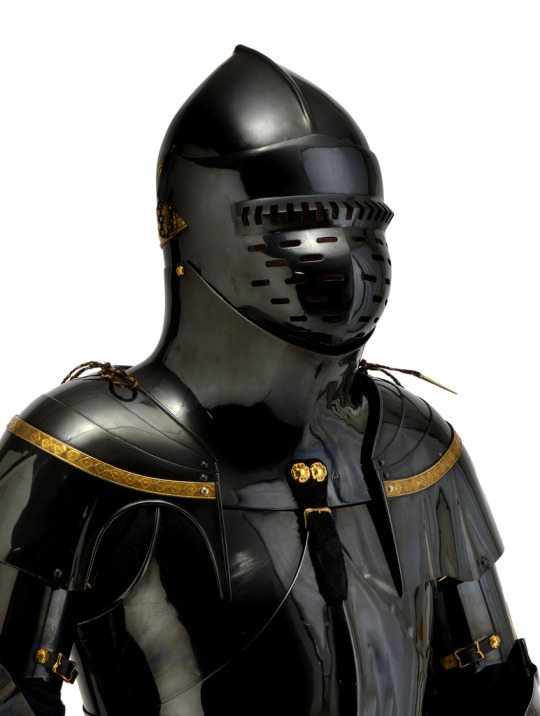
Source
#some additions#tobias capwell#15th century#english armour#medieval#middle ages#plate armour#medieval armour
109 notes
·
View notes
Text
Milanese export armour 'In the English Style' c.1450



Source
95 notes
·
View notes
Text
"Item : that anyone, no matter the state, condition or nationality he is from, as long as he is of our party, shall wear a sign of arms of St George, large at the front and another at the back, for the peril of being injured or killed by lack of wearing it ; (he who injures or kills him shall not wear one for him [unsure - T.N.]) ; and that no enemy shall wear the sign of St George, unless he is prisoner or other ; under penalty of death."
Richard II Durham ordnances 1388 (Ashmole 856)
8 notes
·
View notes
Text




This miniature armor, which can be seen on the website of the Bavarian National Museum (Inv. No. 1572-1578), was created around 1570 to show potential customers what black and white armor would look like.
Some gunsmiths had sketchbooks in which customers could view possible designs before ordering new armor and such miniature armor.
81 notes
·
View notes
Text
Fantastic blog post on a 15th century duel - a great insight into some of the attitudes of the time period!
10 notes
·
View notes
Text
German Longsword Technique Gifset












790 notes
·
View notes
Text
German Messer Technique Gifset











329 notes
·
View notes
Text
German Messer Technique Gifset











329 notes
·
View notes




